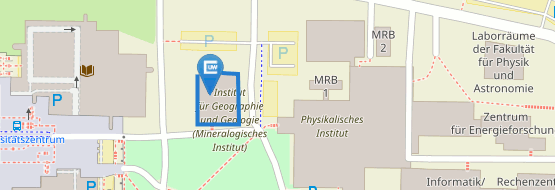REMOLAND - Systemic Modeling
Climate models are simplified mathematical descriptions of the complex climate system on earth. Due to reconstruct the past and to be prepared for the climatic changes in the future, the improvement and development of climate models is important. Interactions and feedback mechanisms between the individual components are a key part for the climate system. The aim of the climate model developers is to integrate as much of these processes as possible in their models. If the most important components like atmosphere, lithosphere, biosphere, hydrosphere, cryosphere and anthroposphere are included, the model is called earth system model (ESM). Because of the limited computation power these general circulation models (GCM) have a low spatial resolution (about 200km) and are therefore not usable for some research questions.
Together with the German Climate Service Center (GERICS) a regional system model is to be created through the further development of the regional climate model REMO. This model serves to generate climate information. It should be able to describe regional changes in the climate in more details than it was previously possible, so that this information can be provided to the climate impact research.
Our focus here is on the development of a module, that the dynamic and given change of the land surface, such as by anthropogenic land use changes, irrigation or desertification, can be assumed and processed in the climate model.


